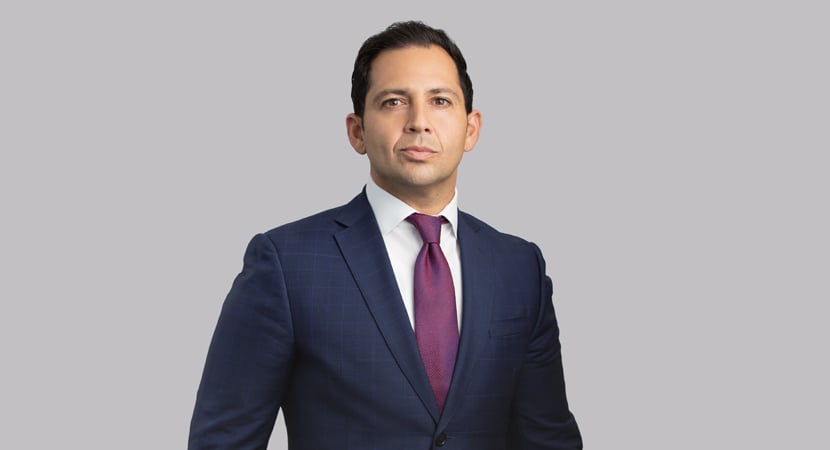Loeb & Loeb partner Arash Khalili, co-chair of the firm’s Sports Practice, discusses the shift happening in athlete endorsement deals today, new strategies for monetizing the athlete brand through equity-based endorsements, and the advantages of these deals for both the athlete and the company.
The full video transcript is below.
How have athlete endorsement deals evolved?
It's actually a very exciting time in sports. The landscape of your once-traditional simple, straight endorsement deal has really changed. The deals that we're doing at the firm right now, they're more than just your traditional contractual relationship. We're marrying the athlete with the brand and making the athlete a stakeholder. What that does — and the beautiful thing about it — is it creates an alignment of interest. That's the secret sauce — where both parties have a common goal and it brings them together.
How do the incentives change when a brand partnership is equity-based?
If an athlete is a very successful athlete, a $100,000 or a half-a-million-dollar paycheck isn't necessarily going to change that athlete's life. But, if that athlete has a stake in the brand, if they feel that they're going to be part of something big and there's going to be a moment of time where they can monetize that, then the incentives change.
What makes the nontraditional endorsement deal very attractive to the athlete and also to the brand is whether a deal can really result in a life-changing event for the athlete. A moment in time where that brand, suddenly there's a liquidity event or there's a sale. There's a real ability for that athlete to make a monetized windfall.
If you somehow design a deal where the athlete becomes a stakeholder, you create more of an alignment of interests and that athlete thinks, "You know what? I'm going to do more than what you ask of me because I'm part of this."
The real goal is to figure out does it make sense or are there ways to create new design deals to bring the athlete and the brand together to create that alignment of interest. If you figure out that secret sauce and you can find that marriage, then it's a win-win for both parties.
Why are young companies interested in these nontraditional endorsement deals?
These are just ways to create a competitive advantage for these companies. It's a race. People are sprinting. How do you get ahead of the pack? You take startup companies, emerging growth companies, companies that need to get revitalized because their brand is falling off. You bridge them with the right chemistry of an athlete endorsement deal. If you can find the right athlete who believes in the brand and makes sense — it has to make sense. It's not as simple as "let me just take any athlete with any brand." What you effectively do is create the springboard effect.
You're an emerging company. You're a growing company. You want to put all the money in the company. You don't have the money to pay for a high-end athlete. You wish you could. How do you do it?
There are ways that we've come up with at Loeb to design features — things that look, smell and feel like equity but may not necessarily involve giving up voting rights. But yet, from the athlete's perspective, the economics are the same. And, in turn, the professional athlete feels a sense of pride that he's taking this baby company or this emerging company and he's part of the ride. That rollercoaster ride ends with, hopefully, as they all want, a liquidity event.
The athlete has a sense of pride because in part he's responsible for the success. Although he wasn't behind the business plan or he wasn't behind the technology, he's the one who gave the springboard effect for the company, and that creates an ever more increasing alignment of interest among the parties.
-
 Co-Chair, Loeb & Loeb LLP
Co-Chair, Loeb & Loeb LLP
)